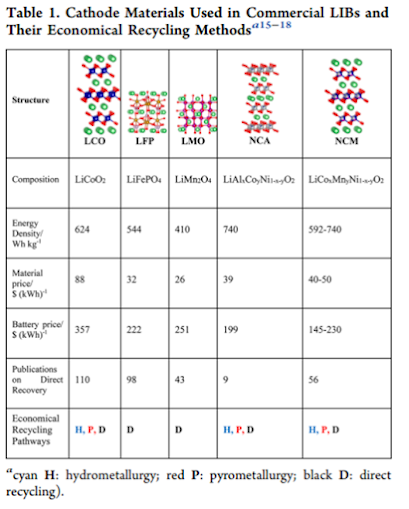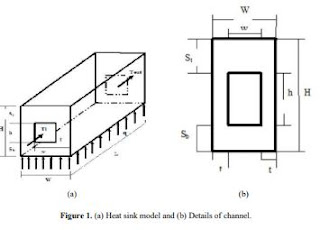Lithium-Ion Batteries Recycling

Lithium-ion Battery Recycling Introduction and uses: Lithium-ion batteries are amongst the most commonly used in the world, with the usage varying from handheld small electronic devices such as electronics, toys, wireless headphones to electric cars and energy storage systems we use today. These batteries are greatly preferred due to their high energy density, i.e. the ability to store energy efficiently in a given amount of space. Lithium batteries are smaller and lighter than other types of batteries, and have a greater energy density, leading to its greater use compared to other kinds of batteries. Lithium cells are of two types- one made of lithium metal which are single use and non-rechargeable, and the other which are made out of lithium and polymer and are multi use and non-rechargeable. Structure of a li-ion battery: A lithium-ion battery comprises of a cathode, an anode and an electrolyte. The anode is usually made of carbon(graphite), the cathode of a...


